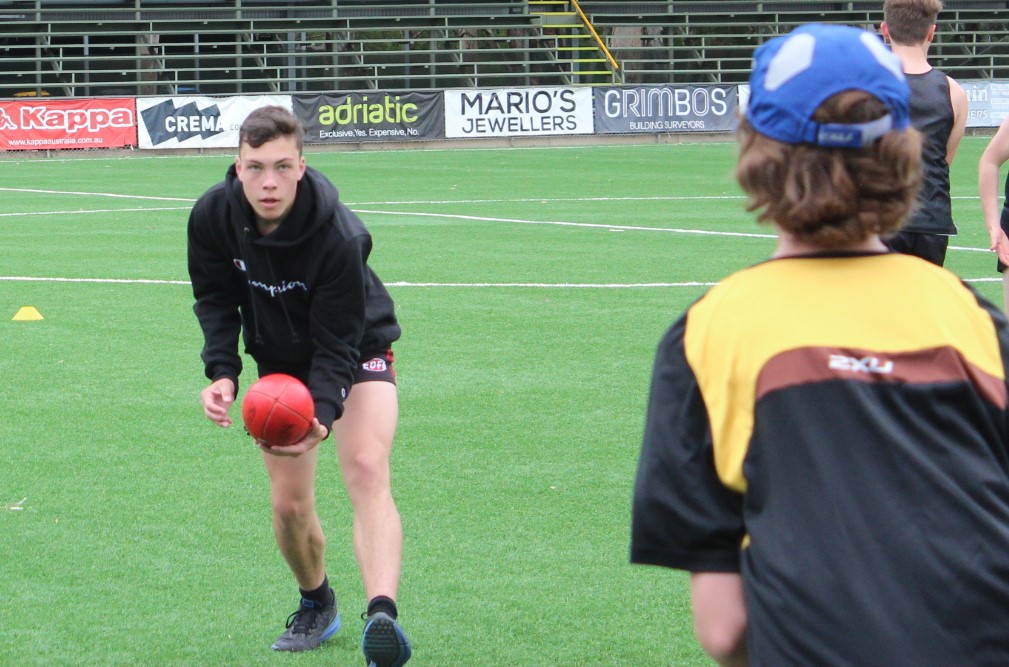
Player Growth: Developing Every Player
A great video that strongly aligns with our philosophy at Vida Footy – Develop Every Player!
Create a life opportunity for each individual through sport!

A great video that strongly aligns with our philosophy at Vida Footy – Develop Every Player!
Create a life opportunity for each individual through sport!
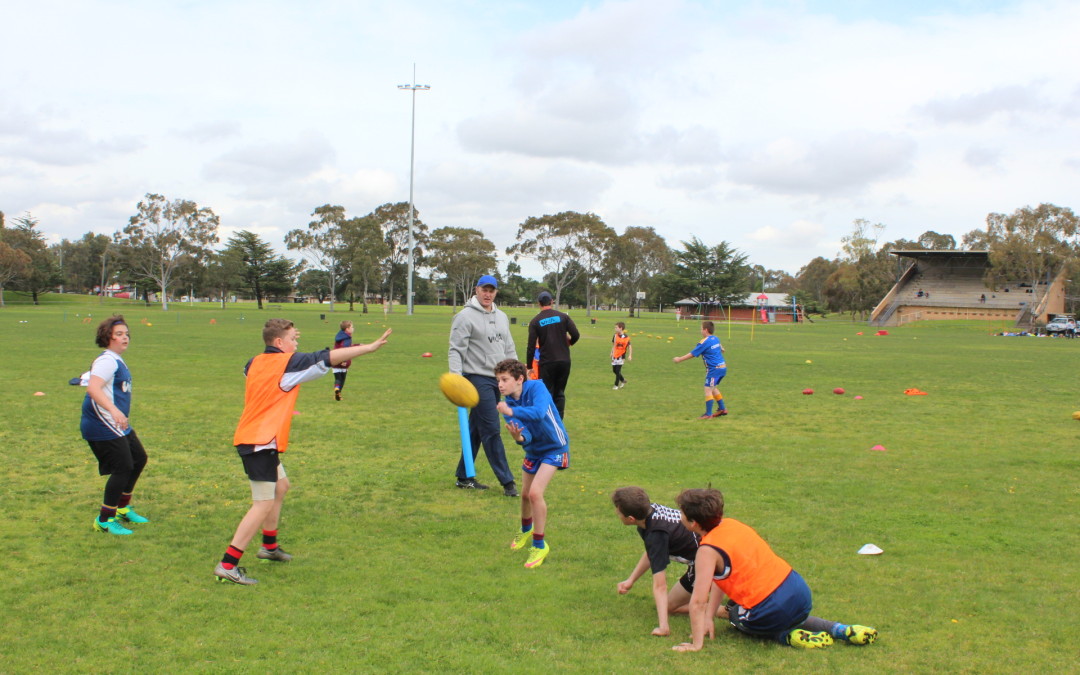
At Vida Footy, we use grids regularly in our sessions and holiday programs because they teach players at all levels fundamentals that directly help with real game situations. Grids can be employed at all levels, including tackers! Make sure you modify the grid so that they work and watch your players improve their tactics and game awareness.
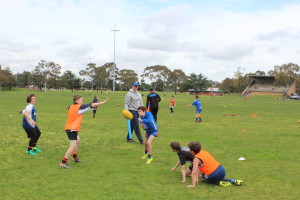
There are many types of grids with many variations you can use to work on different parts of the game. Let’s start with the size of the area. If you want to work on handballing, use grids sizes from 5×5 to 10×20 meters. Kicking grids can also vary, obviously depending on what you need to work on. Grids can have defenders too. You can make it where there is less defenders than attackers, and visa versa. Make sure you have a clear focus on the desired output of your grid and modify the rules and size to match.
Grids are a way to teach your players the fundamental tactics and movement patterns of the game. You can use groups to reinforce technical skills, but ultimately you are working on the following aspects
– Passing on a 45
– Blocking for team mates
– Constant movement
– Creating space
– Quick hands or kicks under pressure
– Leading to the correct areas
– Decision making
– Defending
– Tackling
One of the most important skills to pass on to your players is where to move to within the grid. This will be something to look out for throughout your use of the grids.
Tackers coaches and coaches of young teams, please try and incorporate small handball grids into your training as we have seen over the years, players as young as 7 really benefiting from these activities.
Coaches of older teams, remember grids are used by AFL clubs, so make sure you try and incorporate them into your training schedule.
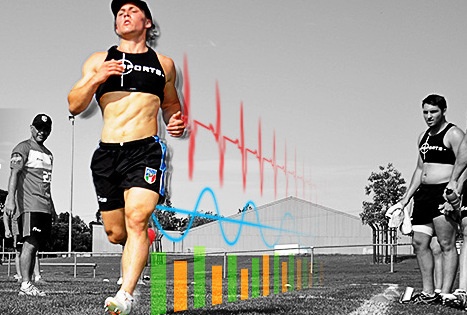
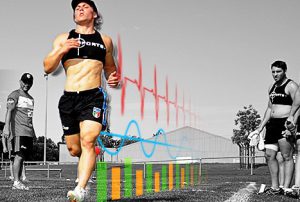 Vida Footy is excited to bring you this 6-week intensive training program focusing on GPS data to improve development & performance.
Vida Footy is excited to bring you this 6-week intensive training program focusing on GPS data to improve development & performance.
No longer are how many possessions a player gets good enough. The demand is for data that reveals how players affected the contest and whether they ran defensively once the ball was turned over, giving a better indication of how individual players and teams, in general, are tracking.
The data now readily available includes repeat sprints, overall distance covered during a match, and work rate. “Teams can plan training sessions based on game data, replace generic fitness testing with footy-specific drills and use the data for recruiting purposes, so they know when an U18 player is ready to perform like a senior player.”Mr Westover said Catapult Sport
The program will run for 6 weeks and feature three sessions per week where all players in the program will be wearing GPS trackers to monitor their running and repeat efforts. The stats will be made available for the players and training sessions will be designed around the results of the data. The focus areas of the program will be
There will be two age brackets for the sessions with a cap number of 10 per group (due to restrictions)
The details
Due to limited places, if you are wanting to join this program please register quickly, as once we are full, we can not take any further players.
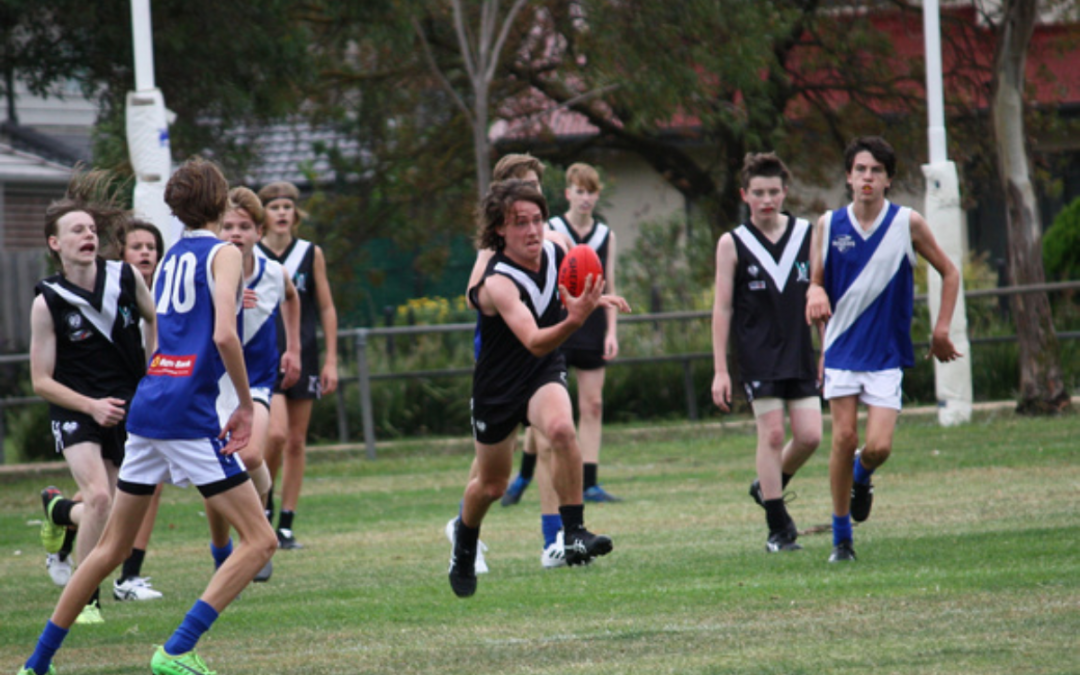
Transitioning out of defence is one of the most important parts of your tactics on game day. Not only does it get you out of defence, but it can, if done quickly, move the ball into the forward line fast.
One of the best ways to use this defensive to attacking tactic is when the ball is intercepted or possession gained on one side of the ground, the player with the ball quickly switches the play to the other side of the ground.
The reason why this can work is:
– Most players will be on the side of the ground where the ball was previously, opening up space to the transition side.
– Because the defending team was previously attacking forward, they may not be manned up on their player, leaving the attacking team open to transition the ball forward.
– Opens the field up, making room for fast play
First of all keep using the term “in one way out the other”. This will remind your players to scan the field when they are in this position to potentially use it. Get your players to swivel their heads to scan for options every-time they get the ball. Therefore if a player gets the ball, they have an option to kick the ball down the line. They can also transition the play across the ground, or into the middle (only if a player is well and truly open).
Kicking the ball down the line should be encouraged only when there are no options left, or the player feels that is the best tactic to use in that particular situation. Maybe their best marking player has a mismatch, or you are winding the clock down and kick it close to the boundary line, looking for a stoppage.
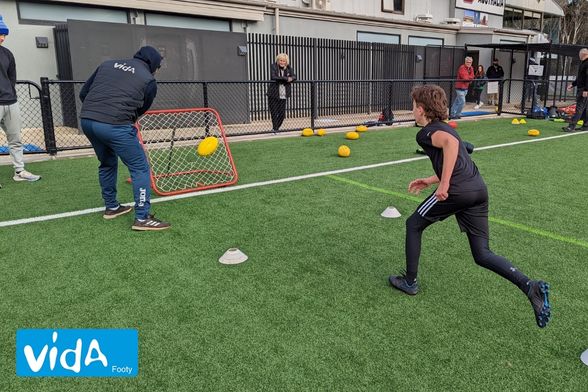
Key points around Ground Ball
Start Point
Progression 1
Progression 2
Progression 3
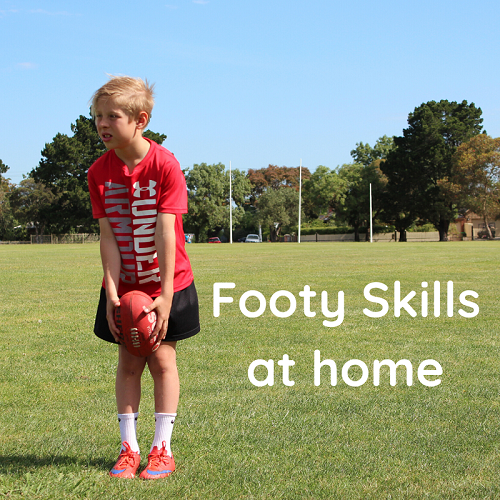
Looking to maintain and possibly improve your footy skilss whilst in isolation? Over the coming weeks we will continue to add exercises, activities and drills onto this page that you can do in the comfort of your own home. All these activities and more will also be added to our scoial media pages.
If you have any topics that you would like covered, please email your ideas to us and we will give you some specific drills and activities to improve.
“Those who stand still get left behind” – Mark Twain
Keeping both feet in the hoop kicking the ball to yourself.
Start Point